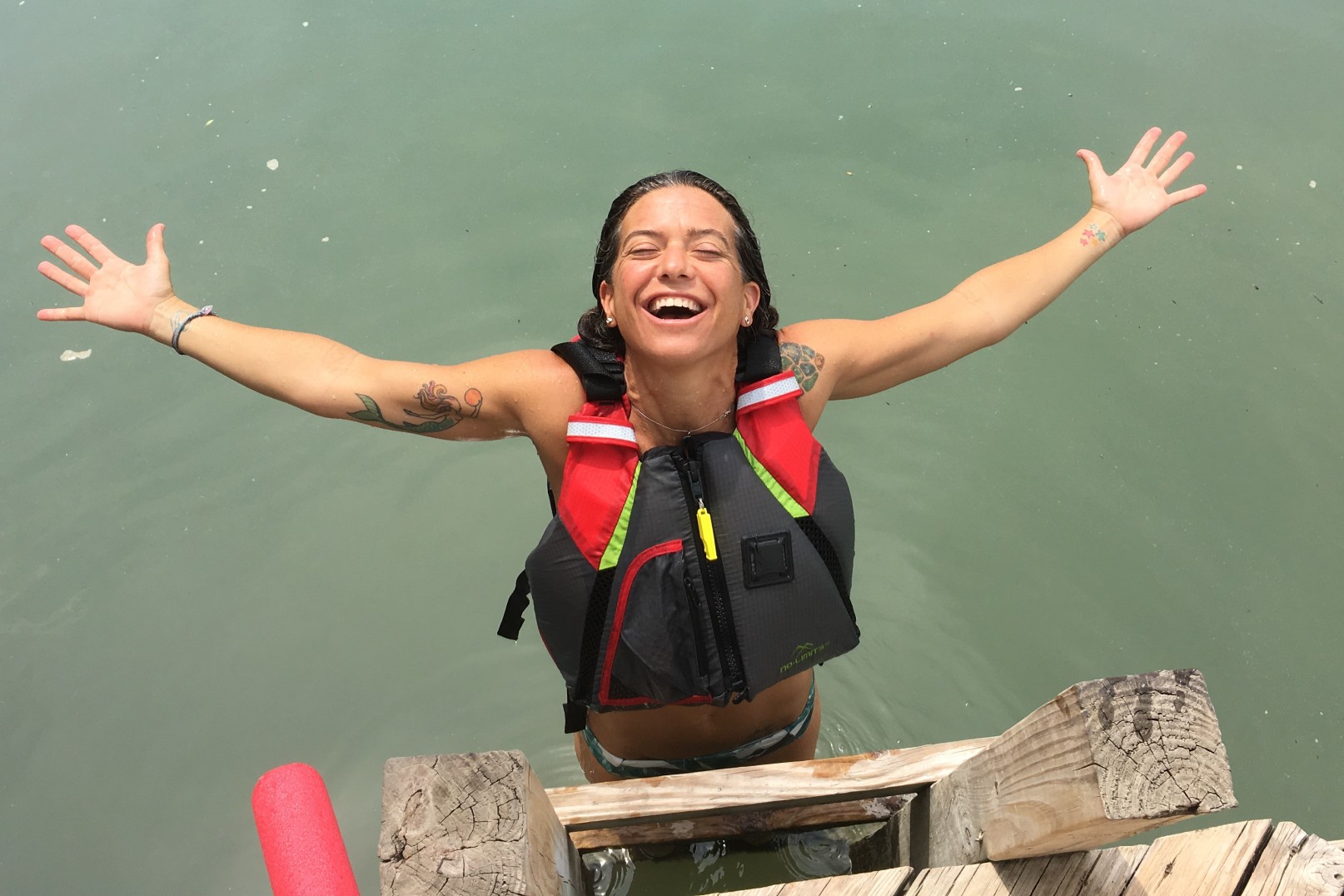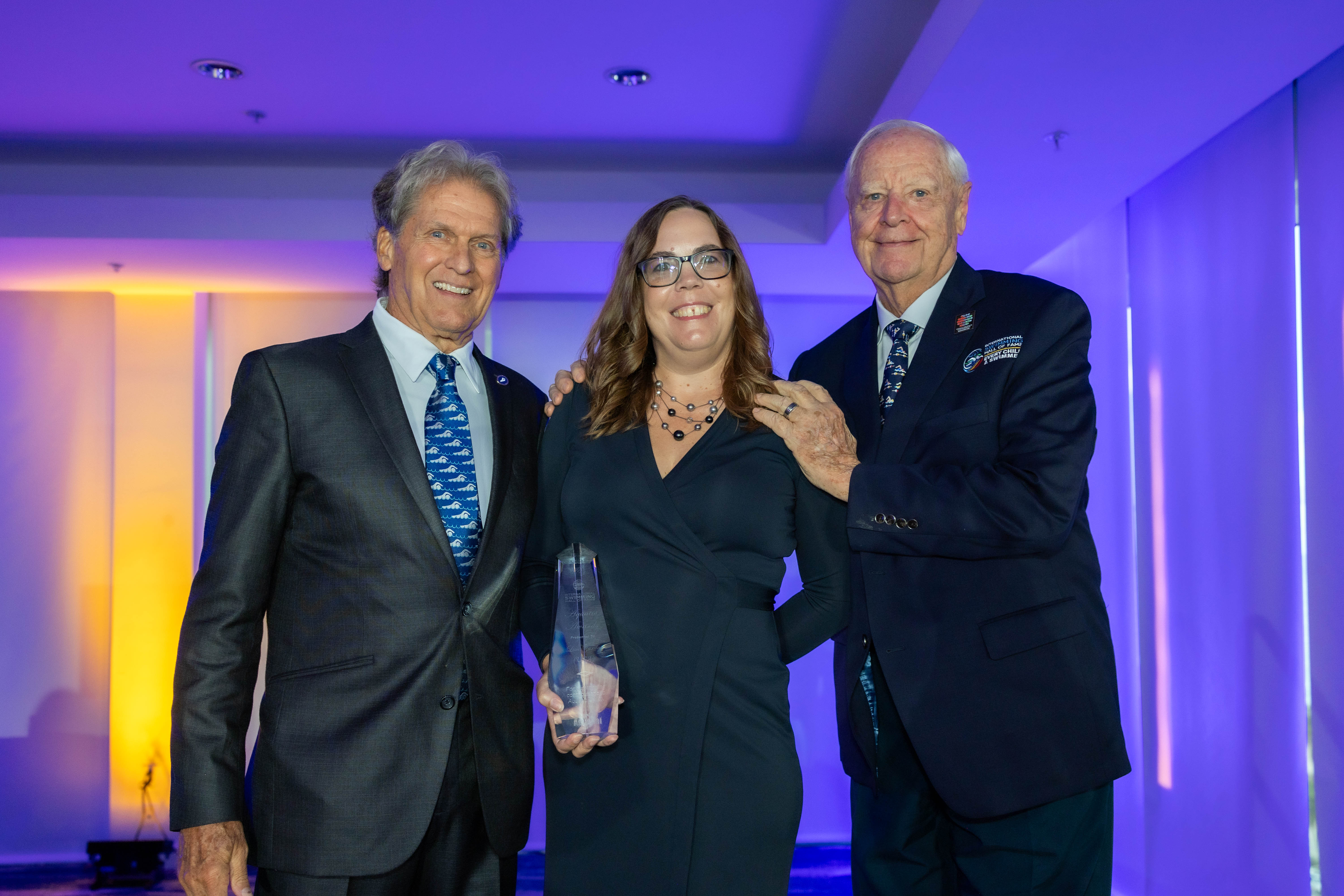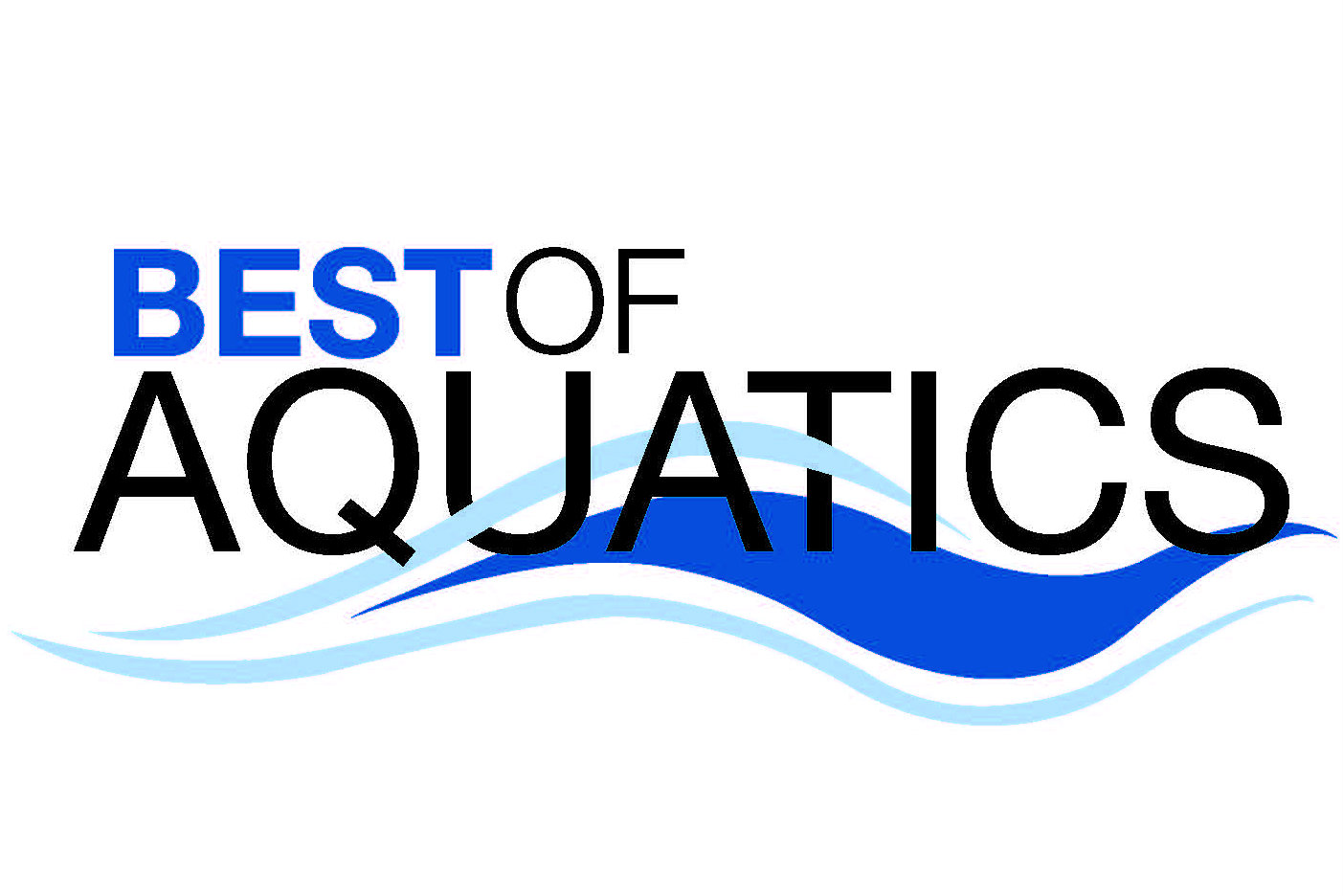Sixteen years ago, a drowning forever changed the trajectory of Alissa Magrum’s life.
She was living in Texas and working at a nonprofit that connected at-risk kids with social workers when the call came in that 4-year-old Colin Holst — one of her 3-year-old daughter’s playmates — had drowned.
The drowning happened with adult family and friends present, and with lifeguards on duty. Magrum was shocked not just by the death, but also to learn that drowning is the number one cause of death for children ages 1 to 4.
“I had a real parental wakeup in that moment,” Magrum says. “You think about car seats, you think about bike helmets, you think about all these different ways to protect your child. But you don’t think about drowning.”
Drowning prevention devotion
From then on, Magrum couldn’t stop thinking about it. After volunteering for two years at Colin’s Hope, the foundation that sprung up in response to the drowning, she became its executive director.
“I left a stable job where I had great benefits, a 401(k). I didn’t know anything about running a nonprofit,” she recalls. “But I decided to take a leap. I figured I’d do it for maybe five years, and I ended up in the role for 14 years.”
During that time, Magrum not only got Colin’s Hope off the ground, but she also created an invaluable evidence-based water safety curriculum in English and Spanish called “Water Safety with Colin & Friends.” The comprehensive water safety program for children gets raves from teachers.
“The swim safety program is very important, because a lot of children are afraid of water or have not been around water with a parent,” says Velma Lopez, a teacher at St. John Bosco Elementary School. “They just need to be aware of how to get themselves out of the water or the safety rules of getting near water.”
Magrum says the free online course is one of her proudest achievements. But that was just the beginning.
Over her career, she’s also written a children’s book for drowning prevention, co-chaired the National Drowning Prevention Alliance’s Advisory Board, and served on the Water Safety Education Working Group to help develop the National Water Safety Action Plan — a framework to address drowning that’s rolling out to communities across the country.
A voice for families
Another key legacy is co-founding Families United to Prevent Drowning. The organization, largely made up of families who have lost loved ones to drowning, is committed to preventing their pain from touching others. It has grown from five families in 2011 close to 100 families in 2024.
“Once you start working with families in that way, it becomes so personal,” Magrum says. “These families who work in honor of their loved ones … that’s a big reason I stay in it. If they can be in it, I can be in it.”
One of Magrum’s proudest achievements on behalf of families is helping to pass Texas’ new Cati’s Law, named in honor of Cati DelaPeña. The child drowned at a summer camp after management failed to put a lifejacket on her, despite her parents expressly requesting one. It took fighting through two legislative sessions, but care organizations are now required to get written notice from parents stating whether their child can swim and to put U.S. Coast Guard-approved lifejackets on those children.
“This law is going to make aquatics facilities safer and lifeguards’ jobs easier. It’s going to save lives,” she says. “But this is passion work we absolutely have to keep doing.”
New frontiers
Although she’s transitioned from leading Colin’s Hope to becoming a consultant, Magrum maintains her passion for drowning prevention. She’s now turning her water safety expertise to the open water through international travel to places such as Honduras, where she teaches orphans how to swim and become comfortable in the water. She says those skills are needed stateside, as well.
“We expect skills taught in a calm pool to translate into open water, and they just don’t,” she says, adding that 25 of 27 drowning deaths in her new home state of Colorado happened in open water.
The growing body of drowning research tells Magrum there’s still much work to be done. But as she contemplates her next projects, she’s excited about the collaborations and teamwork she’s now seeing that are turning the tide.
“There’s been this groundswell of support for drowning prevention and water safety,” she says. “The issue that so many of us have been working on for decades is finally being talked about and taken seriously,” she says. “It’s a really exciting time to see all these shifts happening and be a part of it.”



